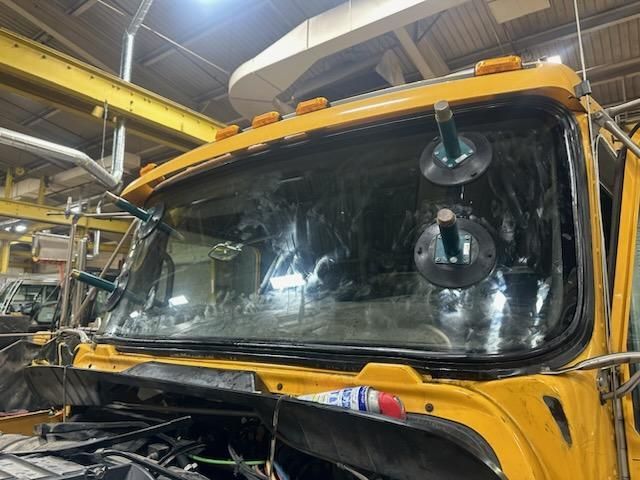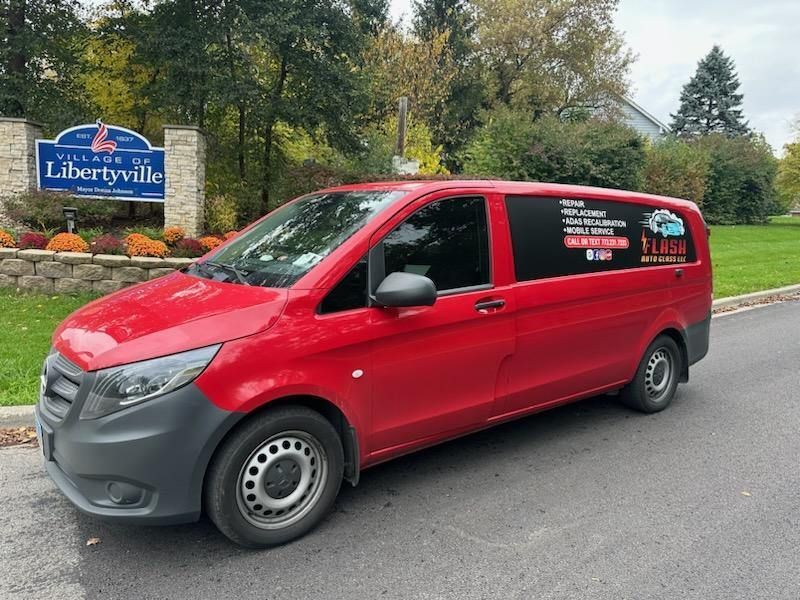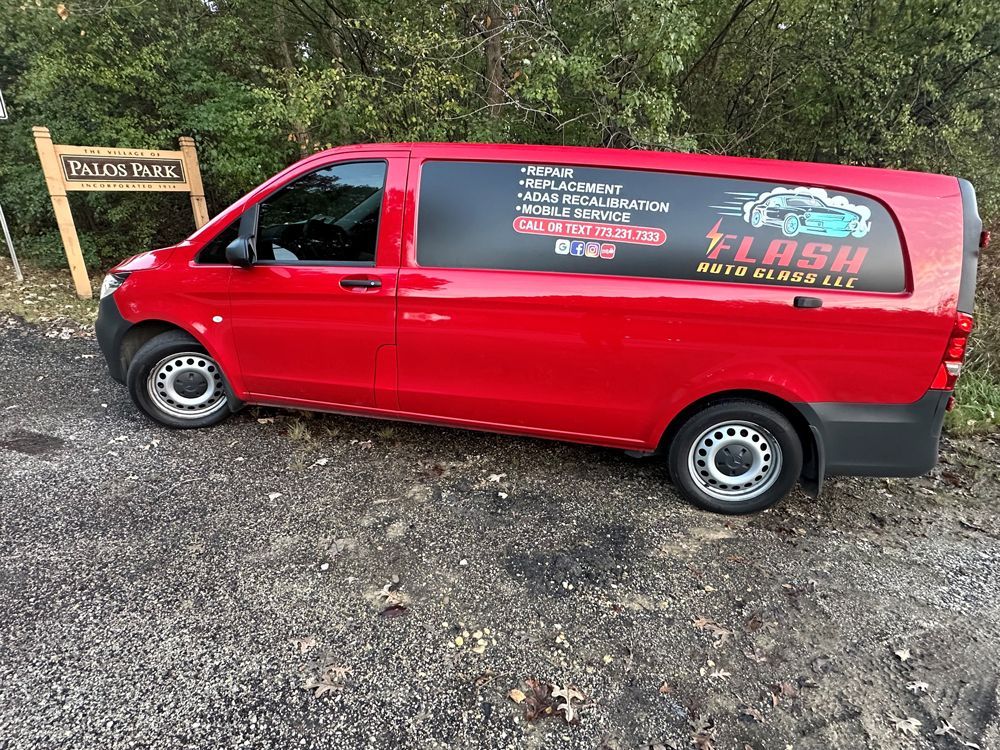Fleet Safety: The Benefits of ADAS Calibration After Glass Replacement
The Importance of ADAS Calibration After Fleet Vehicle Windshield Replacement
In today’s rapidly evolving automotive landscape, Advanced Driver Assistance Systems (ADAS) have become essential for enhancing safety, improving operational efficiency, and reducing accidents among fleet vehicles. ADAS includes a suite of electronic systems like collision avoidance, lane departure warnings, adaptive cruise control, and automatic emergency braking. They all work together to assist drivers and prevent collisions. However, these systems rely heavily on precise calibration to function correctly. One critical scenario that necessitates ADAS calibration is after the replacement of the windshield.
Why ADAS Calibration Is Crucial After Glass Replacement
When a fleet vehicle’s windshield is replaced, the original ADAS calibration may be disrupted, compromising the system’s effectiveness. This is because the sensors and cameras that ADAS relies on are typically integrated into or mounted near the windshield. They interpret data from the environment to assist the driver. If the glass is replaced without proper calibration, the sensors may misread distances, angles, or obstacles, resulting in false alerts or system failures.
The Safety Benefits
1. Maintained Sensor Accuracy
ADAS features depend on highly precise sensor alignment. After the windshield is replaced, calibration ensures that cameras, radar, and lidar sensors are correctly aligned with the vehicle’s structure. Accurate sensors provide reliable data, which is the backbone of the system’s functioning. Without calibration, the systems may misjudge distances or fail to detect hazards, increasing the risk of accidents.
2. Ensuring System Effectiveness
Features like automatic emergency braking and lane keep assist are only effective when the technology they depend on is calibrated. Real-world tests have shown that if these systems are not calibrated after a windshield replacement, their activation can be delayed or full of errors. This reduces your safety system’s ability to prevent accidents. Proper calibration restores the system’s ability to accurately detect potential dangers, keeping drivers and cargo safer.
3. Legal and Insurance Compliance
Many insurance policies and safety regulations mandate that ADAS be properly calibrated after any damage repair involving sensors or cameras. Failure to do so can invalidate warranties and insurance claims. Proper calibration ensures compliance and facilitates smoother insurance processes, reducing costs and liabilities for fleet operators.
4. Reducing False Alerts and Driver Distraction
Misaligned sensors can lead to false warnings or system malfunctions, causing driver confusion or distraction. For fleet operators, false alerts not only frustrate drivers but can also lead to unnecessary interventions or even accidents. Calibration ensures that ADAS systems provide accurate, actionable alerts, supporting safe and confident driving.
5. Operational Continuity and Cost Savings
Proper calibration minimizes system malfunctions and uneconomical breakdowns, keeping fleet operations smooth. It reduces downtime, repair costs, and liabilities associated with accidents caused by improperly functioning ADAS, ultimately enhancing fleet productivity and cost efficiency.
Why Professional Calibration Matters
While some vehicle owners may attempt DIY calibration or rely on less specialized tools, professional calibration using factory-grade equipment ensures systems are aligned precisely. Certified technicians understand the specific requirements of different vehicle models and ADAS configurations, guaranteeing optimal system performance.
ADAS and Fleet Management
In the context of fleet management, safety and reliability are paramount. ADAS calibration after windshield replacement isn’t a mere technicality—it’s a critical safety measure that ensures all assistance systems work as intended. Proper calibration helps maintain sensor accuracy, system effectiveness, legal compliance, and overall operational safety. Investing in professional ADAS calibration services is a proactive step that can prevent accidents, protect drivers, minimize costs, and uphold the reputation of your fleet operations.
Fleet vehicles like pickup trucks, vans, and others didn’t have much ADAS technology years ago. But in today’s work vehicles, technology continues to advance. As long as it does, staying vigilant about ADAS maintenance becomes essential.
Do You Manage a Fleet in the Chicagoland Area?
If you manage a fleet of vehicles in Elk Grove Village, Bedford Park, Joliet, or Chicago, IL, and you suspect that your ADAS technology needs calibration, contact us at Flash Auto Glass. Our goal is to get your crew to their destination safely, with functioning ADAS.















